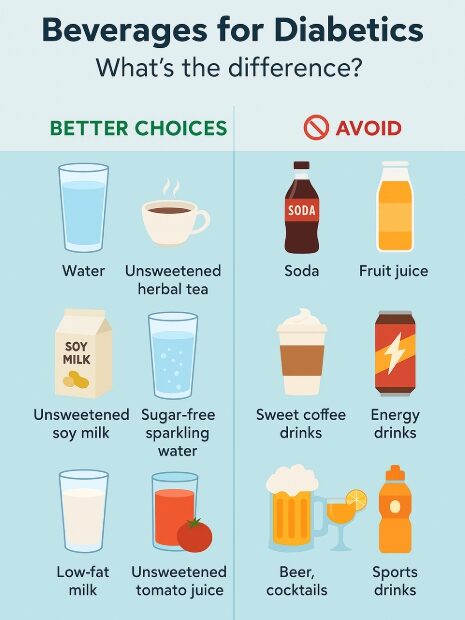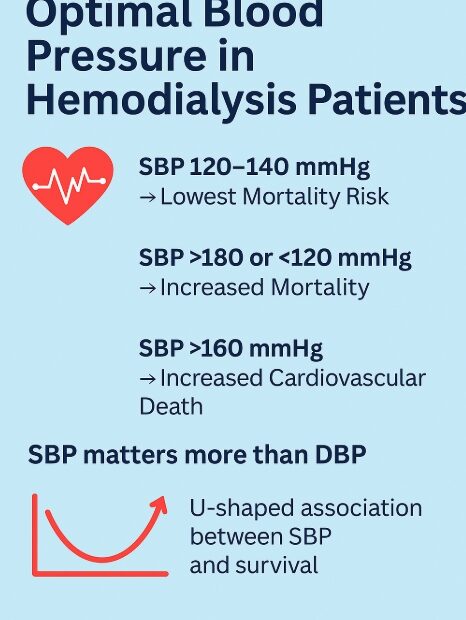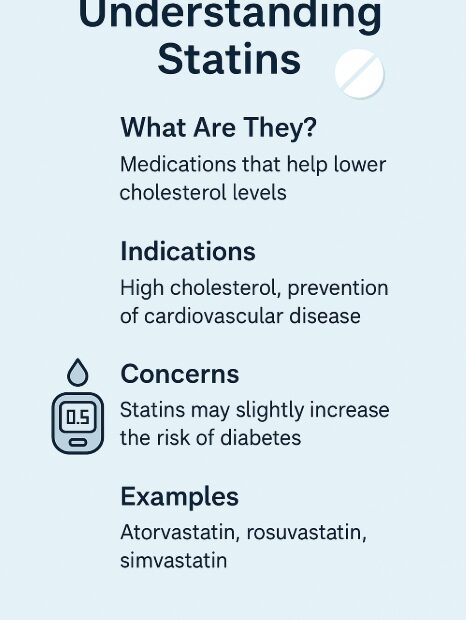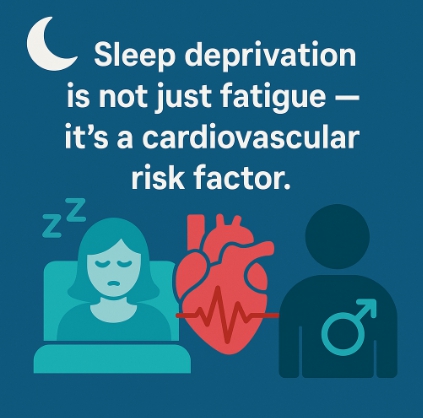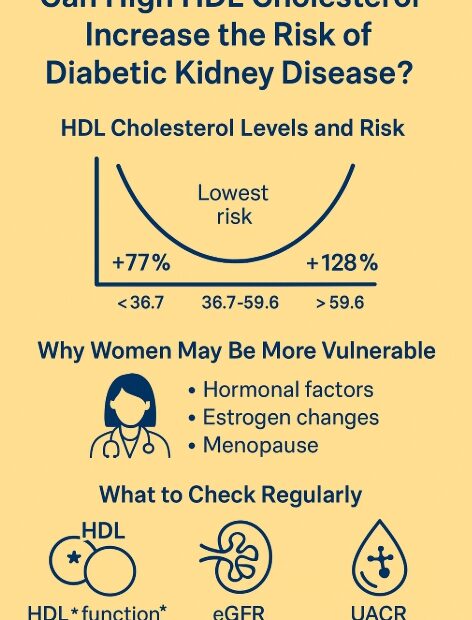What Makes a Drink Good or Bad for Diabetes?
For people with diabetes, what you drink is just as important as what you eat. Beverages are often consumed without much thought, but a single cup can spike blood sugar—or help control it. This article… What Makes a Drink Good or Bad for Diabetes?
